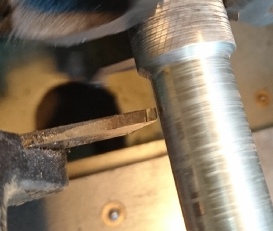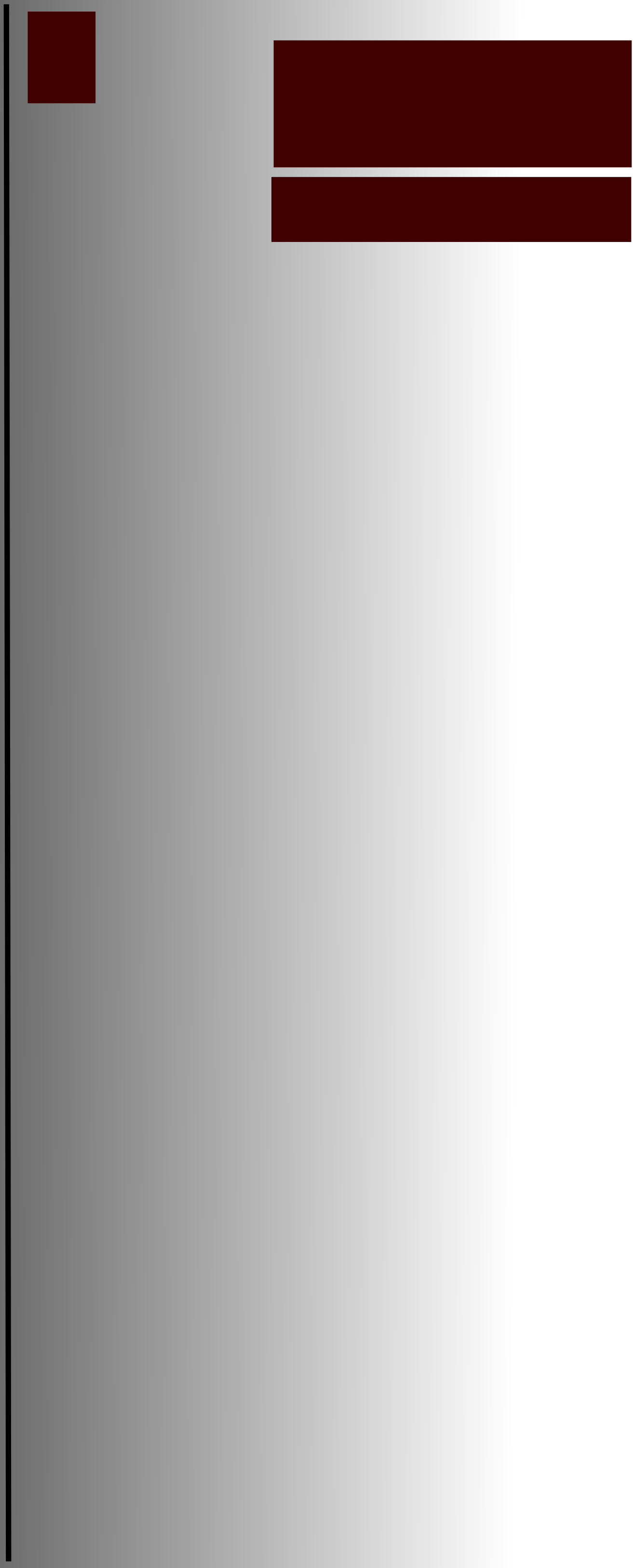





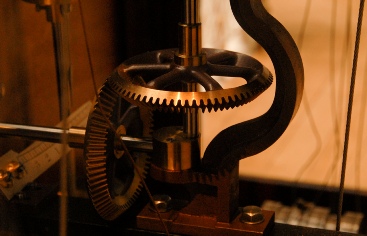

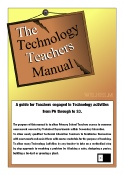














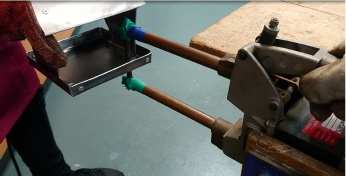
Spot Welder
This is used to permanently join thin plate. As electricity flows from one electrode
to another and resistance to the flow is encountered there is heat produced. The
heat melts or better a fusion of the two pieces of metal occurs joining these together.
When the electrodes are removed a spot is left where this fusion has taken place.
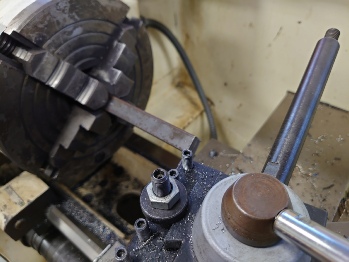
Metal Lathe (4 Jaw Chuck)
This is used to turn square, octagonal or off centre section metal bar. The 4 jaws
can be adjusted independently from one another.
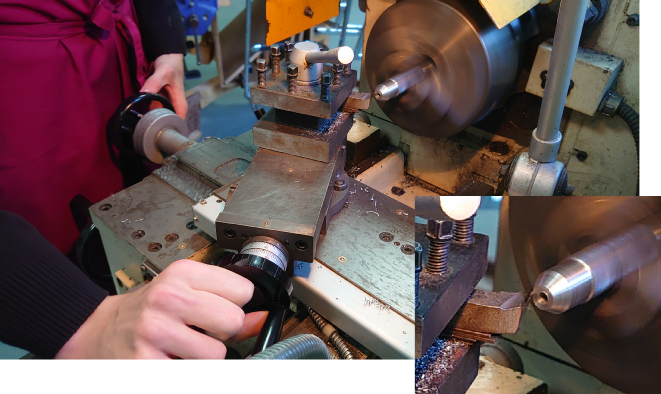
Metal Lathe (Taper Turning)
We use the process of taper turning when we want to put an angle on the work piece,
or produce a point. The compound slide can be adjusted by unlocking it from its
fixed position, and then using the scale that displays how many degrees it can be
offset by, you move it to the new required position, before locking it once again.
What is it that we need to learn to be successful when answering questions about
metalworking with ferrous metals, non ferrous metals and alloys? Well, in my opinion,
the knowledge you would have to gain would include the types of materials available
and their properties, how to add and subtract from these materials, how to prepare
for and apply any required finish to these, and also know the names of the hand tools,
power tools and machines typically used when working with them. For that reason
much of the content provided here will try to accommodate this learning.

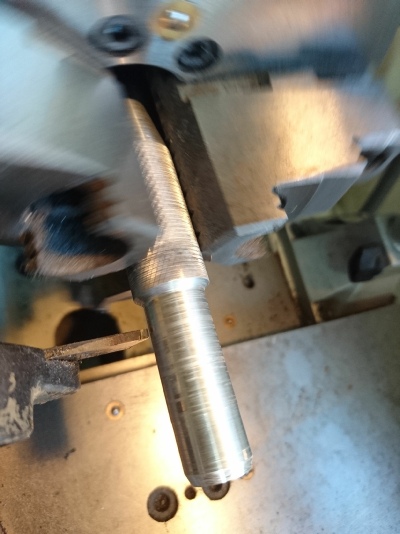
Metal Lathe (Parallel Turning) We use the process of parallel turning when we want
to reduce the diameter of a piece of bar, or change bar with a square or hexagonal
cross section, to a round cross section. We could make a bolt with a hexagonal head
from a length of hexagonal bar for example. The compound slide is set at a position
where the cutting tool is usually at 90 degrees to the workpiece. We then move the
cross slide parallel to the workpiece.
The cutting tool has been set at an angle to the workpiece.
The tool here has been set at a 90 degree angle to the workpiece. In this picture
the cutting tool has been changed to a parting tool. You will notice that it is
thinner than the more robust cutting tool above.
A parting tool is used to cut the metal to a certain length. If the workpiece was
120mm long but we needed it to be 100mm in length, then we could cut 20mm off the
length using the parting tool shown.
